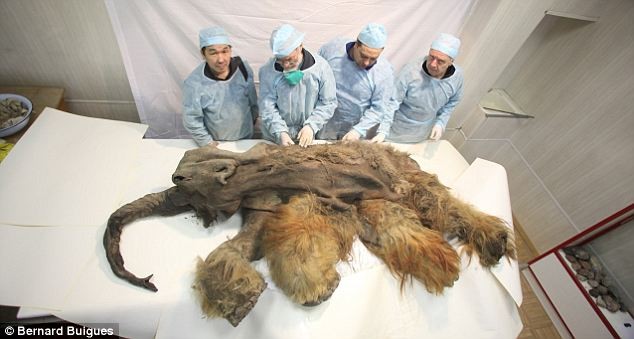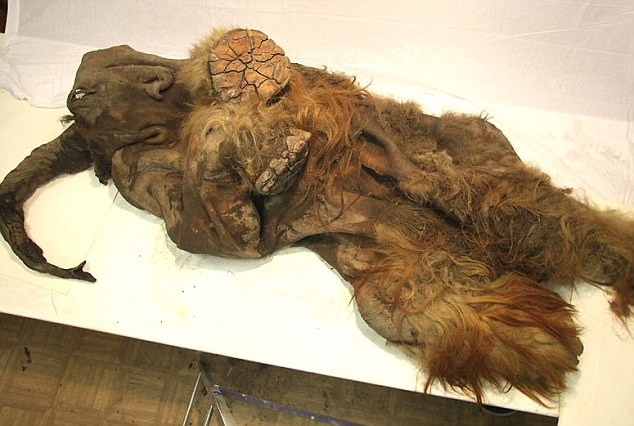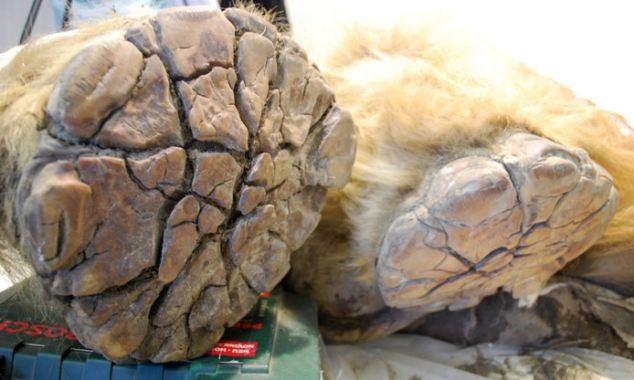Unraveling the Mystery of the Ancient Mammoth Mummy: 3 Million Years Frozen in Antarctic Ice
The sensational headline about an ancient mammoth mummy being found frozen in Antarctic ice is a fictional claim that is scientifically impossible. Mammoths, including the woolly mammoth, were exclusively creatures of the Northern Hemisphere, inhabiting the vast, icy grasslands of what is now Siberia, North America, and Europe. Antarctica, in contrast, has been covered by a continental ice sheet for tens of millions of years, and no mammoths or other similar megafauna have ever lived there. The geological history and climate of the continent simply do not align with the existence of mammoths.

While a mammoth mummy in Antarctica is a myth, archaeologists have made genuine, stunning discoveries of incredibly well-preserved mammoths in the Northern Hemisphere. The most famous of these finds come from the Siberian permafrost. For example, the discovery of “Yuka,” a remarkably preserved juvenile woolly mammoth, provided scientists with its hide, muscle tissue, and even soft tissues. This and other similar finds, like “Lyuba,” have offered invaluable insights into the lives, diets, and environments of these majestic creatures. These genuine mummies serve as a tangible link to the Ice Age, but they are found in the frigid northern lands where mammoths actually roamed.

Antarctica’s own prehistoric record, while not including mammoths, is no less fascinating and is a very real area of scientific study. The continent’s fossil record reveals a dramatically different past. Before it became a frozen wasteland, Antarctica was a lush, temperate land with forests and rivers. Paleontologists have unearthed the fossils of dinosaurs, marsupials, and ancient plants, proving that a diverse range of life once thrived there. The discovery of these fossils and the analysis of the continent’s geology are what truly unravel the secrets of Antarctica’s past, revealing a history far more complex and compelling than any fictional headline.
